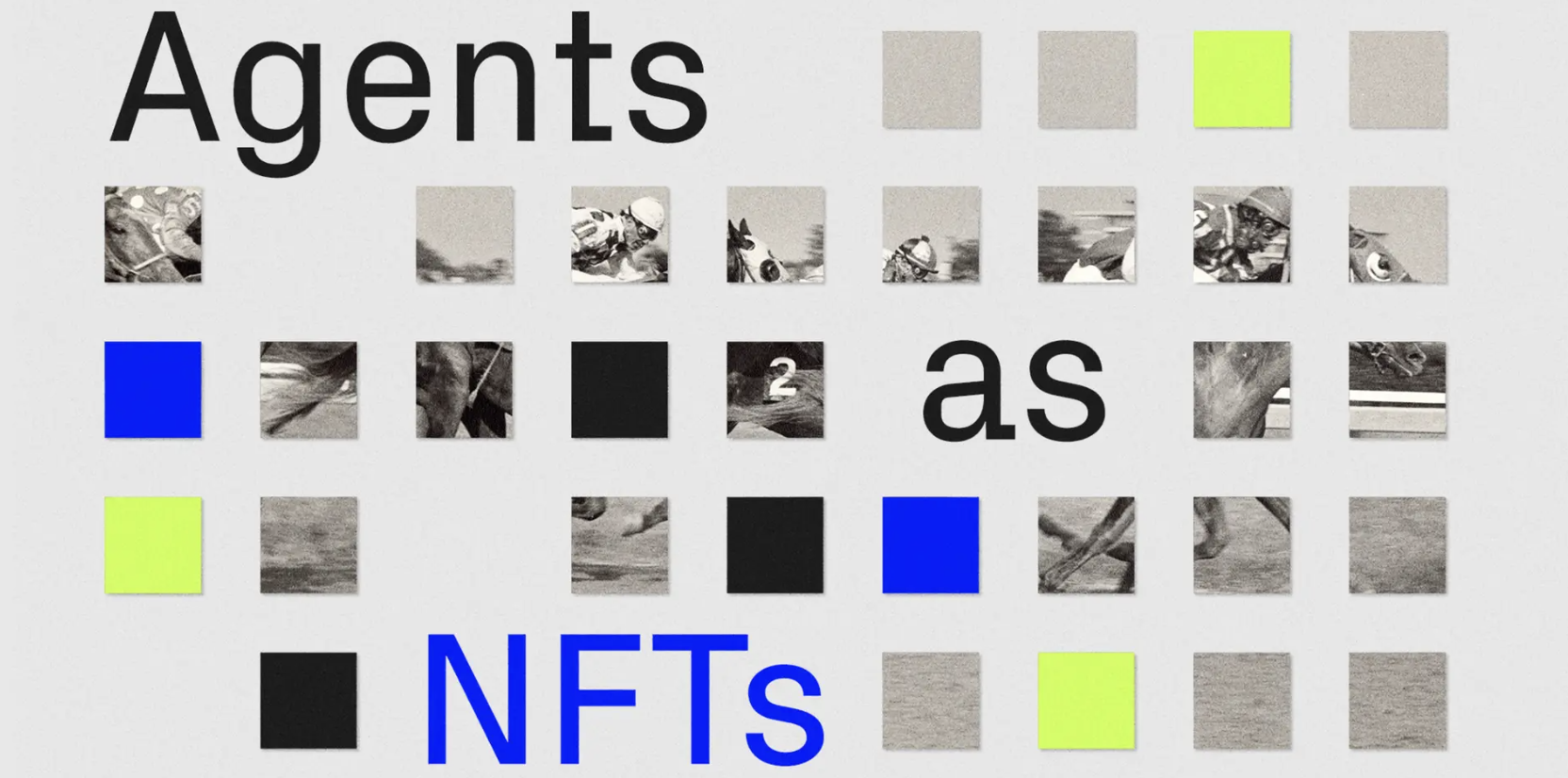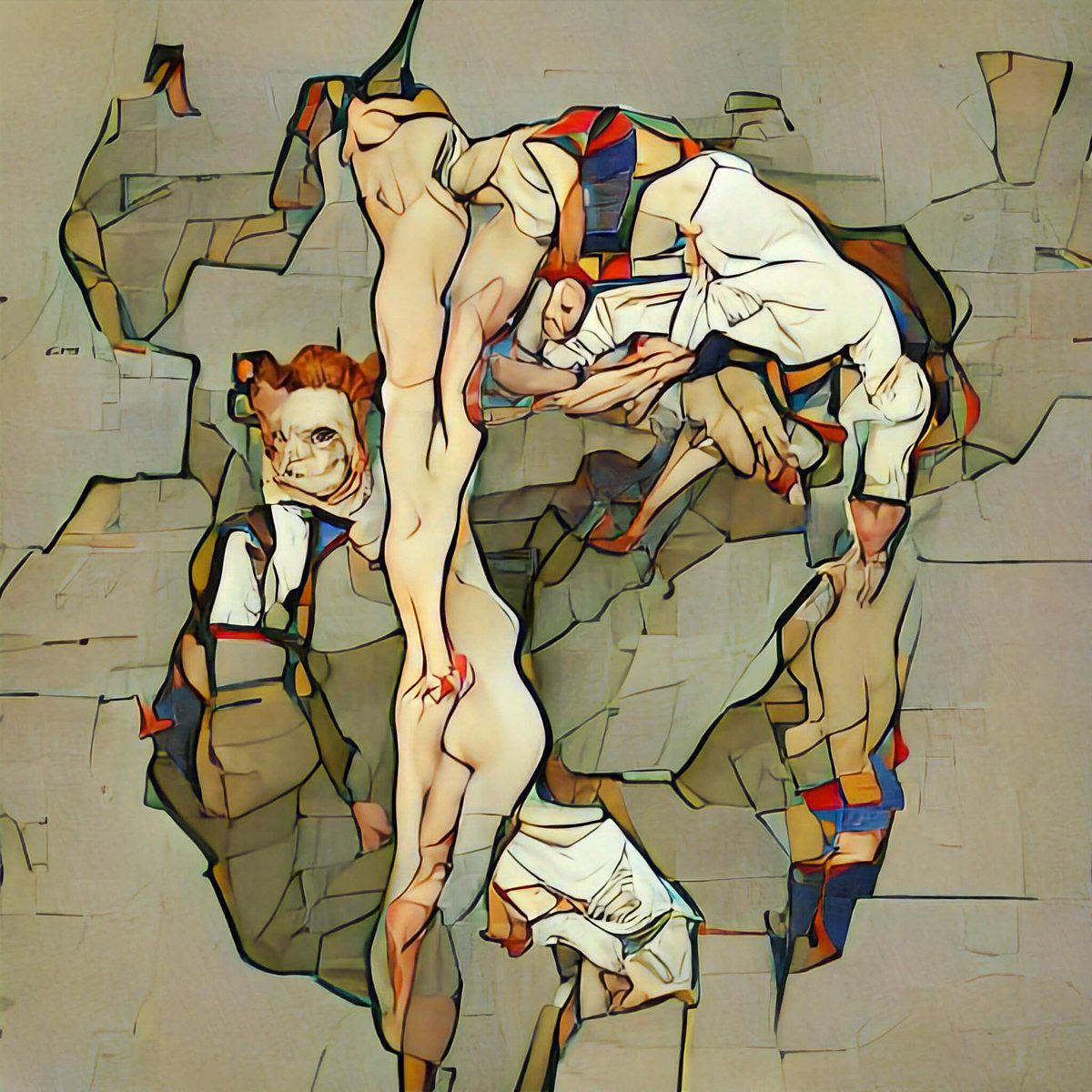
Original text: Daniel Barabander , Variant
Compiled by: Yuliya, PANews
In today's digital age, NFT (Non-Fungible Token) has become a hot topic. To understand the value of NFT, we can think of it as a "special item" in the digital world, which has similar characteristics to items in the real world.
Let's start with the common example of buying a house. When we buy a house, we get a property certificate, which can prove who the previous owners of the house are (property traceability). As the owner of the house, we can use the house alone and have the right to prevent others from entering and leaving at will (exclusive right). Moreover, if we renovate the house or make other improvements, these changes will remain in the house (improvability). Ordinary digital items cannot do this, but NFT can simulate these three core characteristics.

At present, NFT has mainly achieved the fit between products and the market in the field of art, but most of them only utilize the two characteristics of property traceability and exclusivity. For example, Botto's work "Asymmetrical Liberation" relies on the traceability of NFT to prove that it is the first work generated by Botto in the "Genesis Period", and the holder has exclusive control over it. However, like physical artworks, the owner cannot change the work itself. NFT has less exploration in terms of "improvability", and the closest application may be game NFT, such as players operating character upgrades in the game. However, this feature is still seriously underestimated.
A more innovative application scenario is to use NFT for smart agents. Smart agents are like digital assistants that can remember the interaction experience with users. They can perfectly demonstrate the three core characteristics of NFT:
Exclusive rights : NFT holders have exclusive access to proxy memory.
Improveability : Every time an NFT holder uses the agent, its memory is updated, accumulating proprietary experience and remembering the holder’s optimization adjustments.
Property Traceability : The agent is only used by NFT holders, so its past holding records can demonstrate its accumulated experience, which is equivalent to a "resume".
For example, if the famous writer Tolkien once used an intelligent agent to write The Hobbit, this intelligent agent with special experience will be of unique value to new writers who want to write fantasy novels, because it not only accumulates the experience of Tolkien when he was writing, but also these experiences are unique and cannot be copied.
While most proxies may be better suited as public-facing API services, similar to SaaS products, a smart proxy NFT is more like a racehorse: its value comes from who trained it, the accumulated training results will always be retained, and only one owner can use it at the same time. Currently, companies like Plastic Labs are developing the underlying technology to support this smart proxy NFT.
This innovative model that combines NFT with smart agents not only expands the application boundaries of digital assets, but also brings new design ideas to the fields of software development and artificial intelligence. With the continuous development of technology, we may see more smart agent applications that are both personalized and market-valuable.





